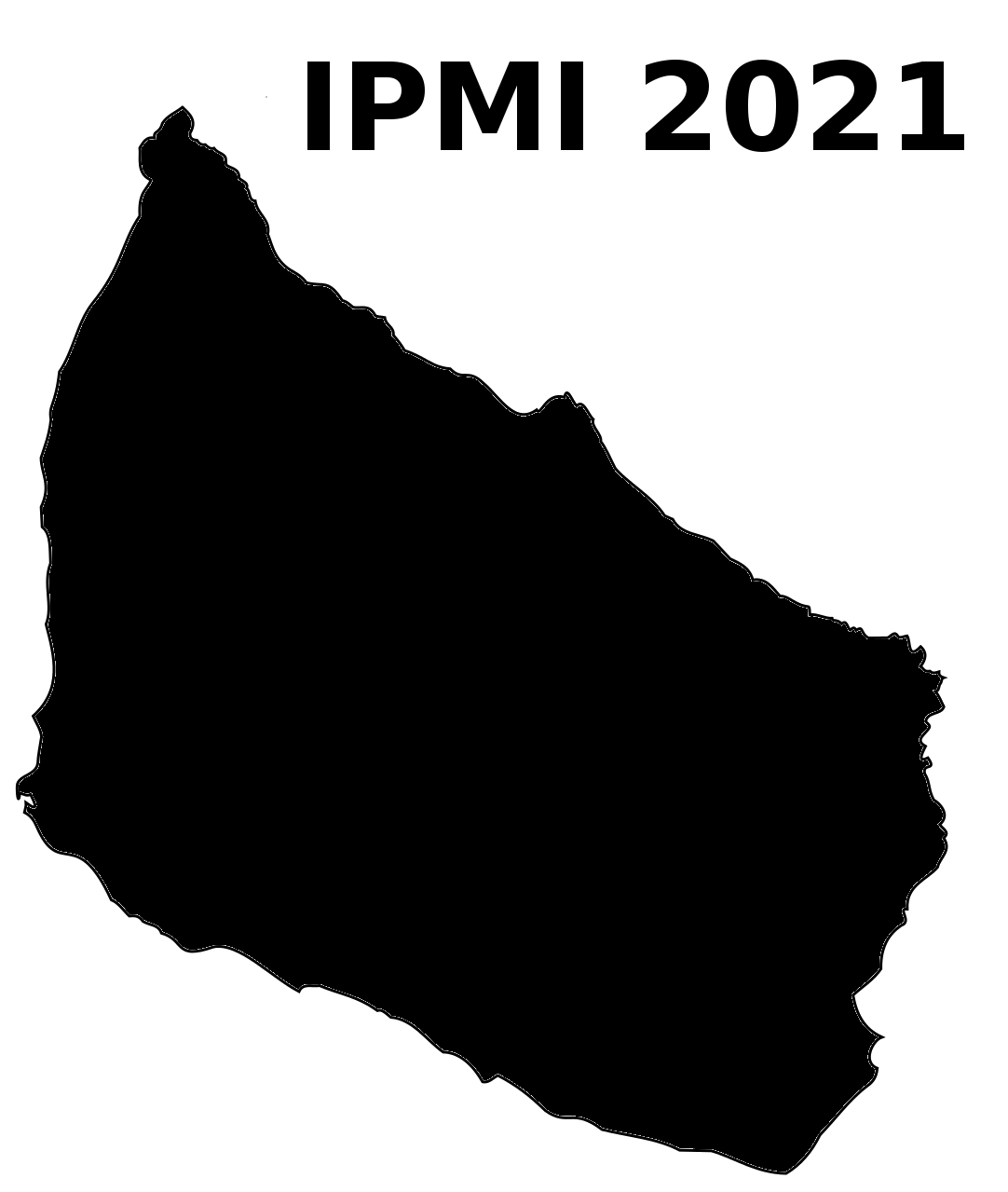Authors: Yirui Wang ( PAII Inc. ), Kang Zheng ( PAII Inc. ), CHI TUNG CHENG ( Chang Gung Memorial Hospital, Linkou ), Xiao-Yun Zhou ( PAII INC. ), Zhilin Zheng ( PingAn Technology ), Jing Xiao ( Ping An Insurance (Group) Company of China ), Le Lu ( PAII Inc. ), ChienHung Liao ( Chang Gung Memorial hospital ), Shun Miao ( PAII )
Abstract: Exploiting available medical records to train high-performance computer-aided diagnosis (CAD) models via the semi-supervised learning (SSL) setting is emerging to tackle the prohibitively high labor costs involved in large-scale medical image annotations. Despite the extensive attention received on SSL, previous methods failed to 1) account for the low disease prevalence in medical records and 2) utilize the image-level diagnosis indicated from the medical records. Both issues are unique to SSL for CAD models. In this work, we propose a new knowledge distillation method that effectively exploits large-scale image-level labels extracted from the medical records, augmented with limited expert annotated region-level labels, to train a rib and clavicle fracture CADmodel for chest X-ray (CXR). Our method leverages the teacher-student model paradigm and features a novel adaptive asymmetric label sharpening (AALS) algorithm to address the label imbalance problem that especially exists in the medical domain. Our approach is extensively evaluated on all CXR (N=65,845) from the trauma registry of ChangGung Memorial Hospital over a period of 9 years (2008-2016), on the most common rib and clavicle fractures. The experiment results demonstrate that our method achieves the state-of-the-art fracture detection performance, i.e., an area under the receiver operating characteristic curve (AUROC) of 0.9318 and a free-response receiver operating characteristic(FROC) score of 0.8914 on the rib fractures, significantly outperforming previous approaches by an AUROC gap of 1.63% and an FROC improvement by 3.74%. Consistent performance gains are also observed for clavicle fracture detection.
